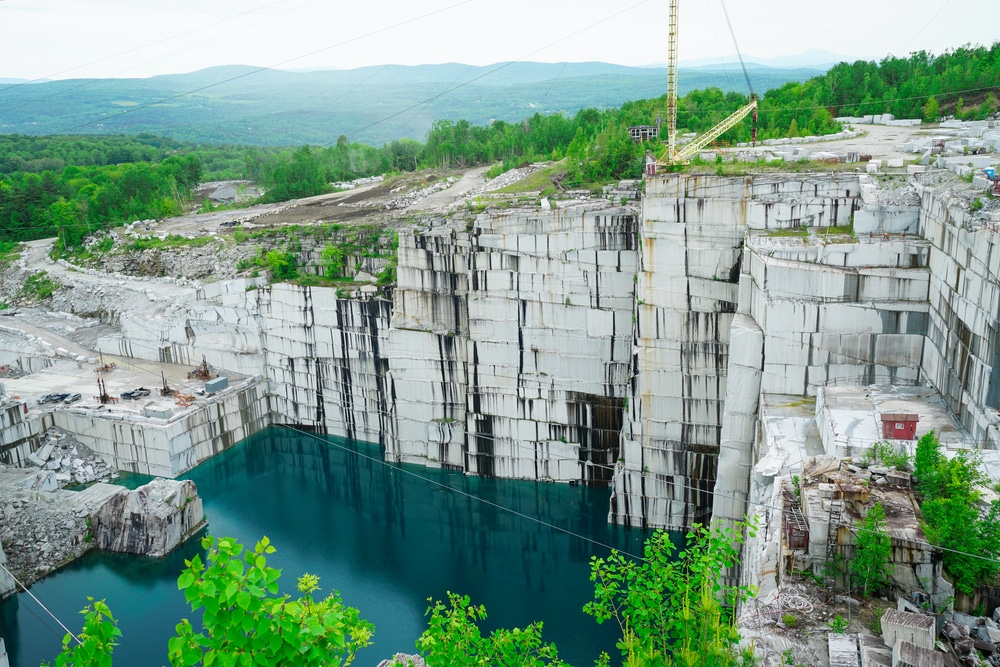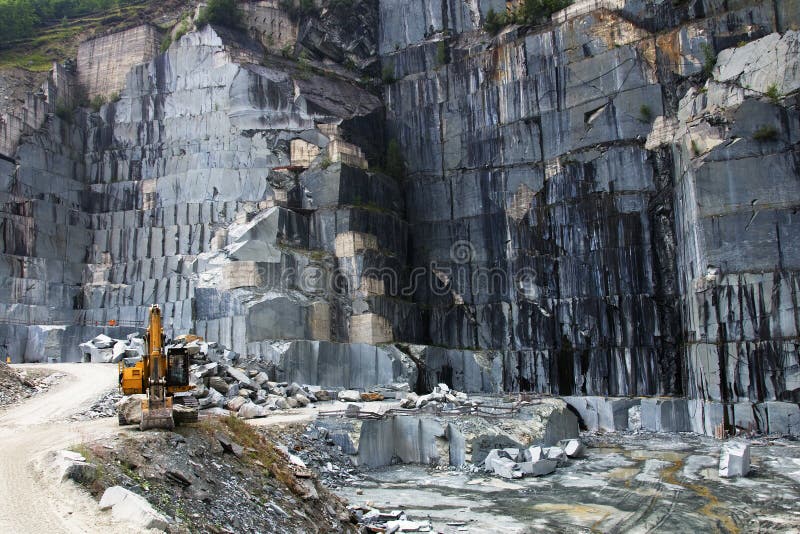A Journey With Granite Quarries in South Africa: Introduction Nature's Artistry
A Journey With Granite Quarries in South Africa: Introduction Nature's Artistry
Blog Article
Unveiling the Mysteries of Granite Quarrying: Where Strength and Beauty Meet
The globe of granite quarrying is a world where the raw stamina of nature assembles with human creativity to produce frameworks that stand the examination of time with an air of beauty. From the depths of quarries to the thorough sprucing up in workshops, the procedure of changing granite into building wonders is a complicated dancing of practice and technology. As we peer into the midsts of this ancient craft, we start to discover the hidden ins and outs that shape the extremely significance of our developed environment.
The Beginnings of Granite Quarrying
In the annals of building history, the beginnings of granite quarrying are shrouded in a tapestry of ancient workmanship and geological wonders. Dating back to ancient Egypt and Mesopotamia, the extraction of granite from quarries noted the beginning of a journey that would at some point result in the production of a few of the world's most iconic structures.
Granite quarrying's origins can be mapped to the knowledgeable artisans who acknowledged the stone's durability and aesthetic allure. Via a combination of primitive tools and large determination, these early quarry workers unearthed granite blocks that would end up being the foundation of human beings.
As worlds advanced, so did the methods of quarrying granite. The Romans, renowned for their engineering prowess, established advanced techniques for drawing out granite to construct monoliths, temples, and roadways that stood the test of time.
The heritage of these old quarrying practices continues to shape modern-day architecture, with granite staying a symbol of strength and sophistication in building jobs around the world. (granite quarries in south africa)
Tools of the Quarrying Trade
The advancement of granite quarrying methods from ancient human beings to modern-day times highlights the crucial duty played by the tools of the quarrying trade in shaping the industry's practices. In ancient times, quarrying devices were rudimentary, often containing chisels, hammers, and wedges made from materials like bronze or iron. These tools called for considerable manpower and time to essence granite obstructs from quarries.

In addition, the introduction of pneumatically-driven tools and high-powered machinery has substantially decreased the physical labor required in quarrying operations, improving employee security and efficiency. As the quarrying industry remains to introduce, the tools of the trade remain at the center of driving progress and forming the future of granite removal.
Drawing Out Blocks of Granite
Utilizing precision machinery and advanced methods, the removal of granite blocks from quarries has actually become an advanced process in the modern quarrying sector. Regulated blasting techniques are after that employed to damage apart the granite right into convenient areas.

Sprucing Up and Finishing Techniques
To attain a perfect surface on granite blocks, skilled craftsmens utilize a series of meticulous sprucing up and completing techniques. After the preliminary extraction and shaping procedures, the granite blocks undergo a complete polishing stage to enhance their all-natural beauty and resilience. One usual approach used in polishing granite is diamond abrasion, where industrial diamonds are made use of to grind and polish the rock to a smooth surface. This process not just develops a glossy surface but additionally ensures harmony in color and structure throughout the granite block.
In addition to hop over to these guys polishing, ending up methods are put on further fine-tune the granite's look. These methods may consist of flaming, honing, or cleaning, each offering unique textures and surfaces to match different aesthetic preferences. Flaming, as an example, entails revealing the granite surface area to heats to produce a harsh, textured surface, perfect for outdoor applications where slip-resistance is vital. Honing, on the other hand, provides a matte finish that is smooth to the touch, ideal for indoor countertops and flooring. By thoroughly picking and using these brightening and finishing strategies, artisans a knockout post can transform raw granite obstructs right into beautiful pieces that showcase both strength and sophistication.

Ecological Effect and Sustainability
With the growing focus on ecological awareness in the industry, granite quarrying methods are progressively inspected for their impact on all-natural resources and lasting sustainability. Additionally, the transport of granite from quarries to processing centers creates carbon discharges, better contributing to environmental destruction.
To reduce these effects and make sure sustainability in granite quarrying, industry stakeholders are adopting different measures. Applying innovative innovations to lower power consumption and water use, redeeming quarried land for ecological repair, and advertising liable sourcing methods are some techniques being utilized. Furthermore, certifications such as the Forest Stewardship Council (FSC) and the Management in Power and Environmental Layout (LEED) help consumers recognize environmentally pleasant granite items.
Verdict
To conclude, granite quarrying is a process that requires specialized devices and methods to extract blocks of granite and brighten them to a high degree of surface. While the ecological effect of quarrying can be significant, initiatives are being made to improve sustainability methods in the industry. Generally, granite quarrying is a delicate balance in between using the toughness and elegance of this all-natural stone while minimizing its effect on the atmosphere.
Report this page